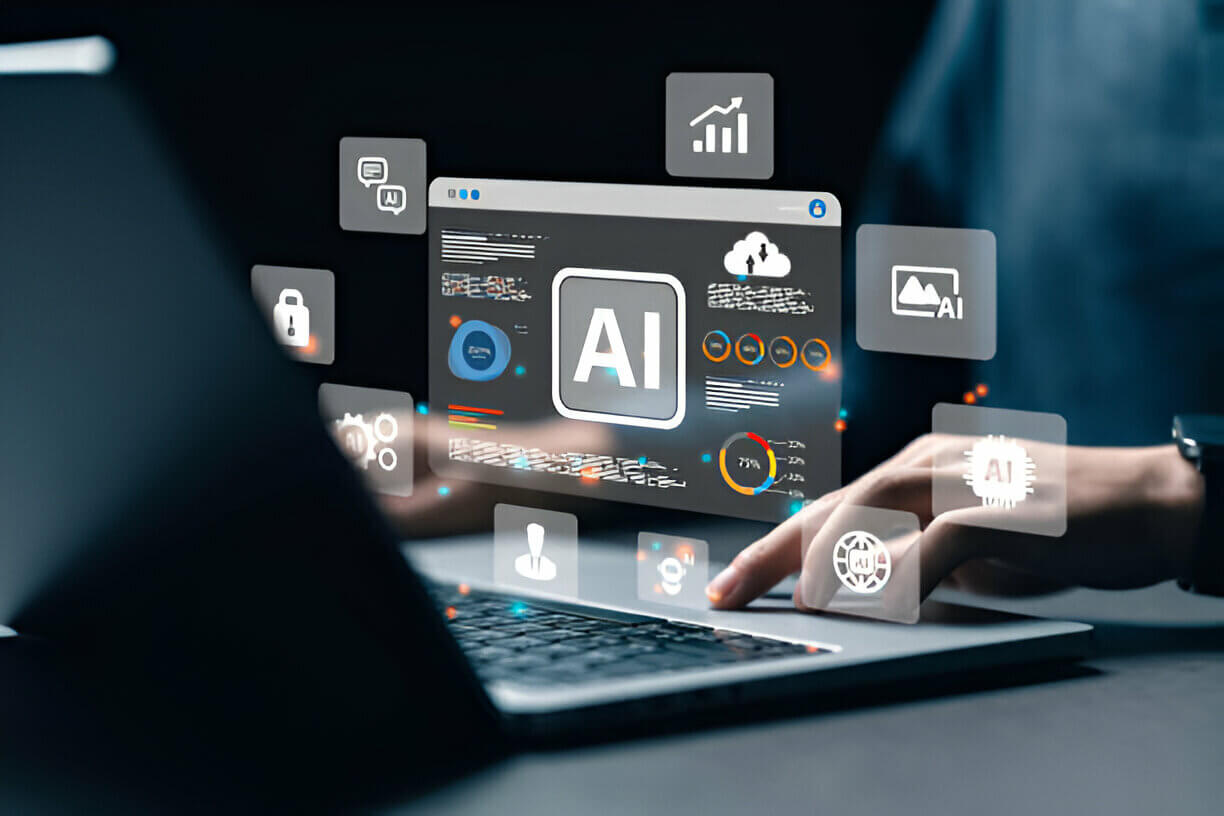We’re living in a time where technology is not just progressing — it’s accelerating. In 2025, what once felt like science fiction is now becoming part of our everyday lives. From AI that can act independently to quantum machines that defy traditional logic, these innovations are shaping how we live, work, and think about the future.
Let’s explore ten emerging technologies that are revolutionizing the world around us — not just for tech experts, but for all of us.
Table of Contents
Toggle1. Agentic AI: Intelligence That Acts on Its Own
Gone are the days when AI only followed direct instructions. Agentic AI introduces intelligent systems that make decisions on their own, react to changes, and learn from experience. These aren’t just tools — they’re digital collaborators.
Whether it’s managing your calendar, monitoring financial markets, or optimizing a factory floor, Agentic AI is designed to function more like a reliable assistant than a programmed bot. As businesses strive for efficiency, this tech helps them do more with less — and with greater accuracy.
🔍 We’re entering an age where machines don’t just follow, they lead.
2. Quantum Computing: Solving the Seemingly Impossible
Traditional computers are powerful — but quantum computers are on another level entirely. They use the principles of quantum physics to process massive amounts of information at once, allowing them to tackle problems that would take current computers years — or even centuries — to solve.
Think about modeling molecules for new drugs, simulating weather for climate research, or breaking uncrackable codes. Quantum computers are unlocking possibilities we’ve only dreamed of. Nations like India are already investing heavily to become global leaders in this space.
⚛️ Quantum isn’t just a buzzword — it’s the next computing revolution.
3. Synthetic Data: Smarter Training for AI
One of the biggest challenges in building intelligent systems is having the right data. But what if you could create data that behaves like the real thing — without privacy risks or collection delays?
That’s the promise of synthetic data. It enables companies to train AI models even in sensitive sectors like healthcare, finance, or security. For instance, hospitals can use synthetic patient data to train diagnostic models without compromising privacy.
🧪 Synthetic data is giving AI the power to learn responsibly and ethically.
4. Extended Reality (XR): Welcome to the Immersive Era
Extended Reality (XR) combines virtual, augmented, and mixed reality to create immersive experiences. Picture surgeons practicing in a virtual operating room, architects walking through a 3D model before construction, or students visiting historical landmarks in virtual space.
It’s not just about fun — XR is changing how we learn, train, collaborate, and heal. It brings stories, ideas, and concepts to life like never before.
🎮 XR blurs the line between what’s real and what’s possible.
5. Neuromorphic Computing: Thinking Like a Brain
Neuromorphic computing isn’t just faster — it’s smarter. Inspired by how the human brain works, this type of computing uses neural networks that can adapt, self-correct, and learn on the fly.
In the near future, we could see machines that process sound, sight, and movement like people do — making them ideal for robotics, smart sensors, and even brain-computer interfaces. It’s a leap toward more intuitive and intelligent systems.
🧠 The brain has always been the best computer — until now.
6. Post-Quantum Cryptography: Staying One Step Ahead
As quantum computing evolves, so must our digital defenses. Post-quantum cryptography focuses on developing encryption methods that can resist quantum attacks — a vital step in securing the future of banking, military communication, and personal privacy.
Governments and tech companies are already updating their security infrastructure to prepare for the quantum age. This is the digital equivalent of building a fortress before the enemy arrives.
🔒 Future-ready encryption is not optional — it’s essential.
7. Ambient Computing: Technology That Just Works
Imagine your home adjusting the lights as you walk in, or your office environment adapting to your mood. That’s ambient computing — where technology becomes so integrated into our surroundings, we barely notice it’s there.
Devices work in harmony, sensing our presence, needs, and preferences without needing explicit input. This tech is already making its way into smart homes, wearables, and next-gen retail.
🏡 It’s not about using technology — it’s about living with it effortlessly.
8. Polyfunctional Robots: Jack-of-All-Trades Automation
Polyfunctional robots break the mold of single-purpose machines. They can shift roles and environments, making them ideal for industries that demand flexibility.
Picture a robot that can sort packages in a warehouse in the morning, assist in a hospital ward by afternoon, and perform routine maintenance at night. These multi-skilled bots are helping bridge labor gaps, especially in sectors like manufacturing, logistics, and elder care.
🤖 Robots aren’t coming for jobs — they’re coming to help.
9. Energy-Efficient Computing: Powering Progress Sustainably
As digital demand grows, so does its environmental impact. Energy-efficient computing focuses on reducing that footprint while still delivering performance.
From greener data centers to chips that use less electricity, this trend is vital for creating a sustainable digital future. Big tech players are investing in new cooling systems, renewable energy sourcing, and smart algorithms to make computing cleaner.
🌿 Progress shouldn’t come at the planet’s expense.
10. Disinformation Security: Defending the Truth Online
Misinformation spreads fast — but technology is stepping in to slow it down. Disinformation security involves a range of tools and techniques, from AI-based content verification to digital literacy campaigns.
This is especially critical in election cycles, crisis management, and global health communication. Tech platforms and media outlets are collaborating to flag false content and empower users to spot manipulation.
🛡️ In a digital world, truth needs its own defense system.
🌟 In Closing
These emerging technologies aren’t just futuristic fantasies — they’re reshaping our world, one breakthrough at a time. From creating smarter machines to building a more secure, sustainable, and immersive society, these innovations touch every corner of our lives.
Whether you’re a student, a professional, a policymaker, or a curious learner, staying informed is the first step to participating in — and benefiting from — this technological evolution. The future is here. The question is: are we ready?
🎥 Want to see these innovations in action?
Check out this inspiring video breakdown:
👉 10 Key Breakthrough Technologies of 2025







